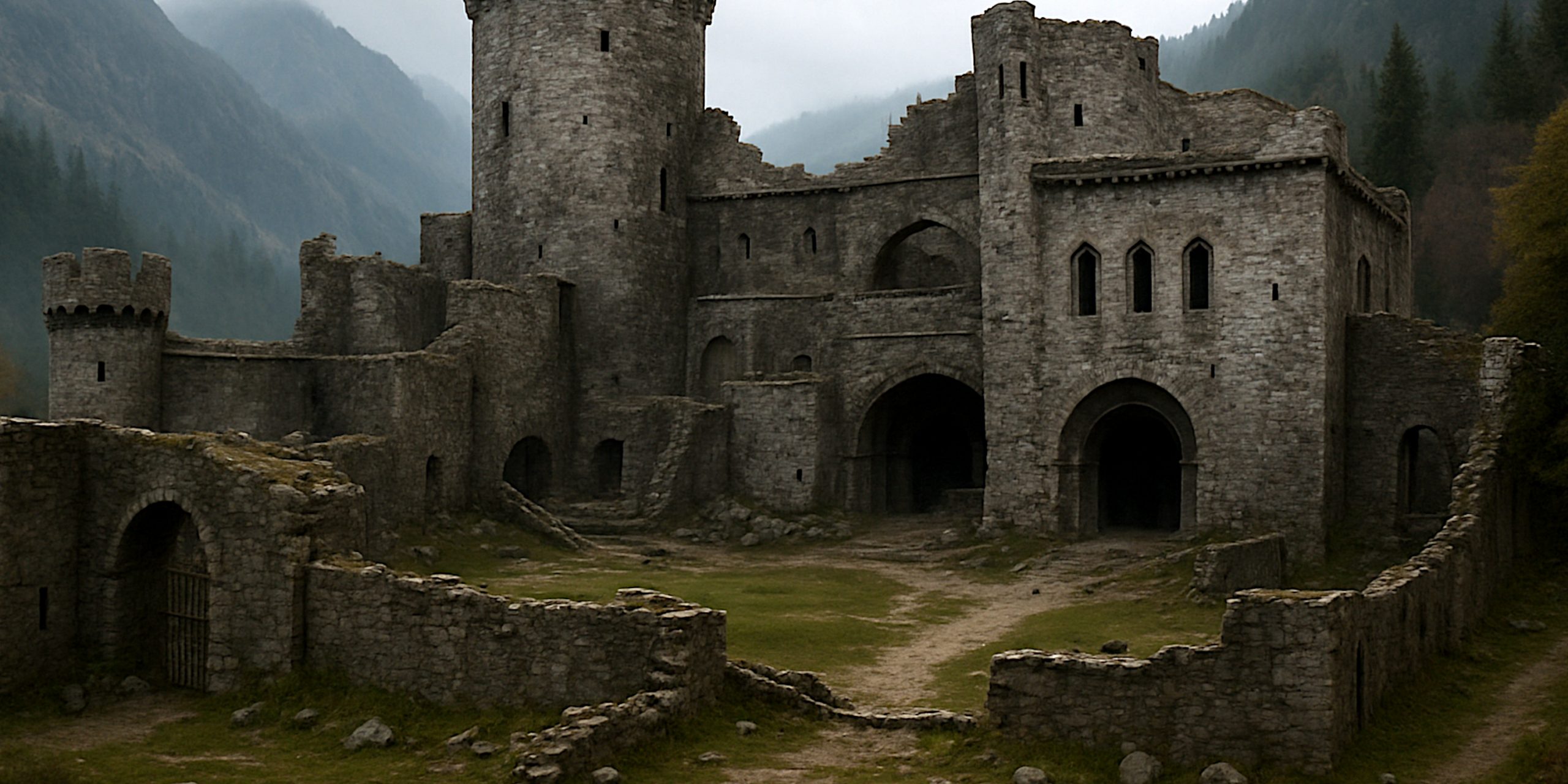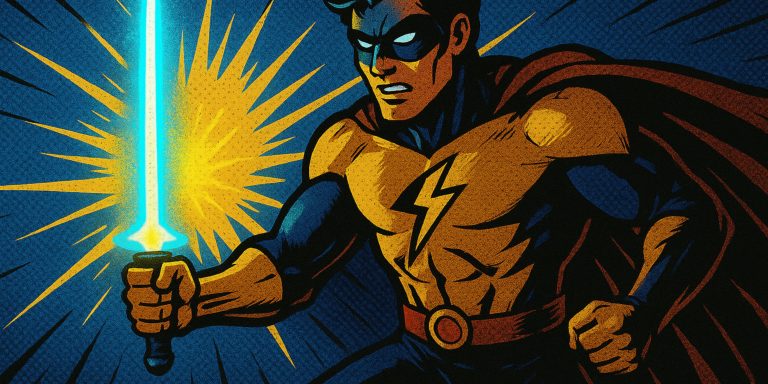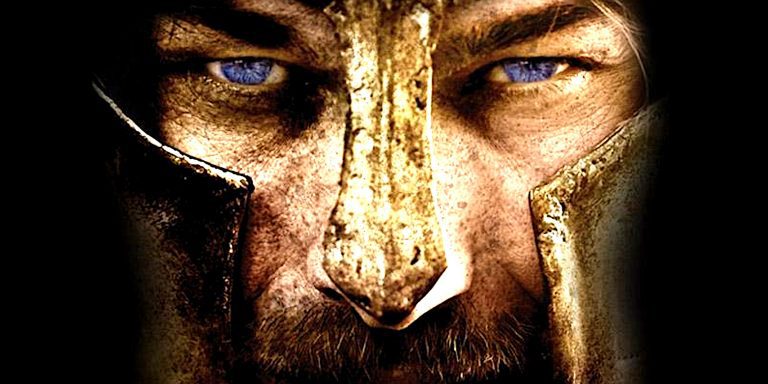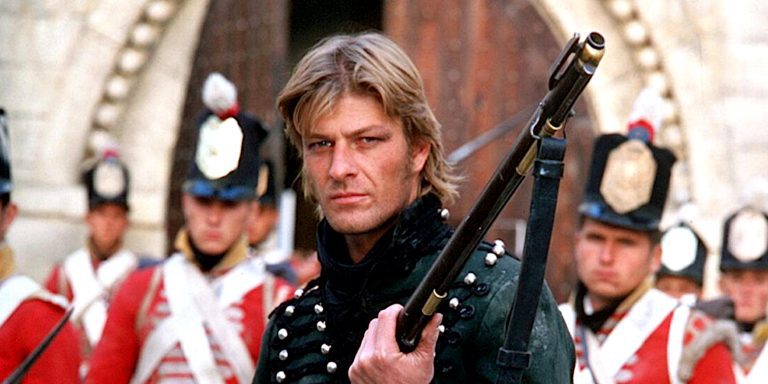
A Bastion of Steel and Mutation
Hidden deep in the Kaedweni wilderness, Kaer Morhen stands as a ruined shadow of its former self. Once the principal stronghold of the Wolf School of Witchers, it was both sanctuary and crucible. Though largely abandoned by the time of The Witcher saga, its stone walls echo with the weight of grim rituals, lost comrades, and the fading legacy of monster hunters engineered to fight what others fear.
Origins of the Fortress
Kaer Morhen was constructed during the early days of human expansion across the Continent. Its name derives from the Elder Speech term Caer a’Muirehen, meaning “Old Sea Fortress”, though the seas have long since receded. Built into the slopes of the Blue Mountains, its remote location made it ideal for secrecy and security.
The fortress rose to prominence when it became the main training ground for the Witchers of the School of the Wolf. Here, boys underwent rigorous combat instruction and were subjected to the Trial of the Grasses, an alchemical process that altered their physiology and stripped away any hope of a normal life.
The Sacking and Decline
Kaer Morhen’s isolation was eventually its undoing. During the so-called Pogrom against the Witchers, a mob of fanatics, led by priests and mages, descended upon the keep. Many Witchers and their allies were slaughtered. The fortress was never fully rebuilt. Those who survived retreated further into obscurity, and Witcher production dwindled.
This violent turning point left Kaer Morhen a broken monument to fear and misunderstanding. From that point on, it remained a seasonal refuge for the remaining Wolf School Witchers, including Vesemir, Geralt of Rivia, Eskel, and Lambert.
Inside Kaer Morhen
Despite its ruin, parts of Kaer Morhen remain functional. The great hall still stands, used for winter shelter. The armoury and lab, once central to the Trials and potion brewing, are now seldom used. The courtyard, scarred by training and battles, continues to serve as a practice ground.
Its defensive structures, while worn, still offer protection against the mountain beasts and occasional human intruder. The Witchers themselves perform repairs as needed, though few have the skills or inclination to restore the fortress fully.
Role in the Witcher Games and Books
Kaer Morhen features heavily in both Andrzej Sapkowski’s novels and CD Projekt Red’s Witcher games. It is the setting for formative scenes in Blood of Elves, and its fall is remembered bitterly throughout the saga.
In The Witcher 3: Wild Hunt, it serves as a base of operations during pivotal moments, including the defence against the Wild Hunt’s assault. These sequences reinforce the fortress’s emotional weight and the brotherhood forged within its walls.
The Legacy of Kaer Morhen
Kaer Morhen is more than stone and snow. It is a symbol of what the Witchers once were: a fading order of reluctant heroes, shaped by pain and purpose. The fortress, like its inhabitants, has endured despite being abandoned by the world it helped protect.
In the cultural memory of the Continent, Kaer Morhen is a place of suspicion and myth. To Witchers, it is home. To Geralt, it is one of the last things worth fighting for.
Where to See Kaer Morhen Today
Though fictional, Kaer Morhen’s depiction in games and adaptations has drawn on real-world inspiration. Many fans point to Polish castles like Ogrodzieniec or the ruins of Czorsztyn as spiritual stand-ins for its aesthetic. The Netflix series recreated Kaer Morhen with a combination of CGI and purpose-built sets, giving it a grittier and more labyrinthine structure.
The Seven Swords Takeaway
Kaer Morhen stands as a relic of a dying age. Its crumbling halls and snow-covered battlements reflect the resilience of the Witchers and the cost of their existence. As long as Geralt and his brothers return each winter, the fortress lives on, not as a place of power, but as a stubborn monument to those shaped by steel, scars, and silence.



